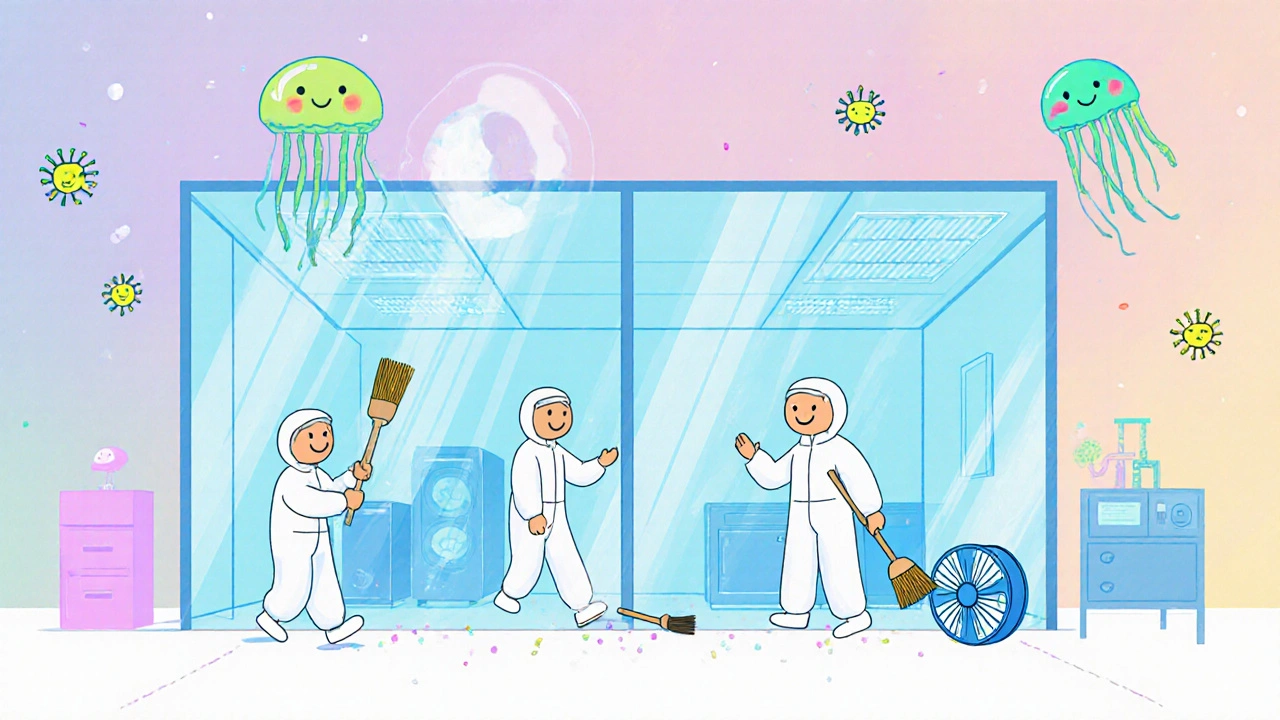GMP Compliance: What It Means for Your Medications and Why It Matters
When you take a pill, you expect it to work the same way every time—no matter if it’s brand name or generic. That consistency isn’t luck. It’s the result of GMP compliance, Good Manufacturing Practices that set the minimum standards for how pharmaceuticals are made, tested, and documented. Also known as cGMP, it’s the backbone of drug safety in the U.S. and around the world. Without it, a batch of insulin could be too weak. A pill for seizures might not dissolve right. Or worse—contaminants could slip in and cause serious harm.
GMP compliance isn’t just about cleaning equipment. It’s a full system: who handles the ingredients, how they’re tracked, how machines are calibrated, how workers are trained, and how every step is recorded. The FDA, the U.S. agency that enforces drug safety rules doesn’t just inspect factories once a year—they can show up unannounced. And if they find a violation, they can shut down production, recall millions of pills, or block a generic drug from ever hitting shelves. That’s why the ANDA Prioritization Pilot, a recent FDA program pushing for more U.S.-made generics also demands strict GMP adherence. Companies that cut corners don’t just risk fines—they risk losing their license to make medicine.
You see GMP compliance in action every time a generic drug gets approved. The FDA doesn’t just check if it has the same active ingredient as the brand name. They verify the manufacturing process is controlled, stable, and repeatable. That’s why some generics take years to launch—because building a GMP-compliant facility isn’t cheap or quick. And when shortages happen, it’s often because one factory failed an inspection, not because there’s no demand.
What you won’t see? Labels saying "GMP Certified." That’s because it’s not a badge you apply. It’s a system you live by. Every time you open a bottle of pills, you’re trusting that hundreds of checks were done before it reached you. And when those checks fail—like in the cases of contaminated heparin or tainted valsartan—people get hurt. That’s why understanding GMP isn’t just for regulators or pharmacists. It’s for anyone who takes medication.
Below, you’ll find real-world examples of how GMP compliance affects drug prices, generic approvals, patient safety, and even how doctors prescribe. From how PBMs influence supply chains to why some generics take longer to reach market, these posts show you the hidden rules that keep your medicine working—and when they don’t, what goes wrong.
Cleanroom Standards for Generic Drug Manufacturing: Ensuring Quality and Compliance
Cleanroom standards ensure generic drugs meet the same quality and safety levels as brand-name products. Learn how ISO classifications, GMP rules, and contamination controls protect patients and prevent costly recalls.
View More
